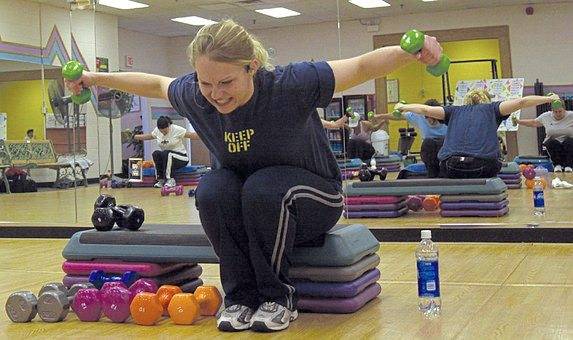More younger women are having heart attacks — steps to minimize risk
Younger women are experiencing an alarming increase in heart attacks. According to research published last fall in the American Heart Association journal Circulation, women ages 35 to 54 accounted for 31% of the hospitalizations for heart attacks in 2014, up from 21% in 1995.
Though heart disease is often seen as a male problem, heart attacks during the same period of time decreased for younger men, the Atherosclerosis Risk in Communities Surveillance study reported. In addition, among the younger people hospitalized for heart attacks, a greater percentage of women than men had a history of high blood pressure: 71% compared with 64% of the men.
The report called for increased efforts to address the traditional risk factors younger women face, such as high blood pressure and diabetes. It also recommended a team-based approach — including clinicians, nutritionists, social workers and health counselors — to address nontraditional risk factors such as poverty and psychosocial stressors. These factors have a higher prevalence among women, said Melissa Caughey, senior author of the study and instructor in cardiology at the University of North Carolina School of Medicine.
Stress can affect heart health because the brain doesn’t know the difference between the physical and mental varieties, said Elizabeth Piccione, an assistant professor of medicine at the University of Pittsburgh Medical Center and cardiologist with the UPMC Magee-Womens Heart Program. Both kinds of stress cause a spike in the hormones adrenaline and cortisol and a rise in heart rate and blood pressure. Chronic stress over many years will increase the risk of heart attack.
So, if you’re a younger women prone to high blood pressure and stress, what should you do about it?
Talk to your physician
Piccione urges women to be honest with their physicians: “People shouldn’t feel there’s a stigma to admitting feeling anxiety. Women should not feel embarrassed or afraid to talk openly with their health care provider that their mind is racing all the time, that they can’t relax, or they feel hopelessness.”
In response, physicians should “acknowledge that the patient is coming to you for help, that they aren’t ‘crazy’ or ‘making things up,’ ” Piccione said. While this sounds simple, such labels are too often placed on women with true cardiovascular disease, she explained. “The physician should speak with the patient about their anxiety or depressive symptoms, explain to them that this is a common condition and can be treated either with medication or counseling, or both. The physician should acknowledge that anxiety and depression are treatable medical conditions like diabetes or high blood pressure.”
Practice mindfulness
Activities such as meditating and practicing mindfulness and stress reduction help take your brain out of the danger zone, where it is firing adrenaline and cortisol, and decrease your heart rate and blood pressure, experts said.
“Trying to control things we can’t control is a real source of stress for a lot of people,” said Brent Egan, a professor at the University of South Carolina School of Medicine. Finding ways to get past that and realizing stress doesn’t change what we can’t control is a significant step to lower blood pressure.
Get up and move
Those who engage in physical activity experience lower rates of high blood pressure, Egan said. The physical benefits of exercise also relate directly to stress relief. When you workout, your body is using the same energy that makes your mind race, adrenaline and cortisol. And if you lower your stress hormones, Piccione said, you could lower your blood pressure.
Remove the ads from your TribLIVE reading experience but still support the journalists who create the content with TribLIVE Ad-Free.

